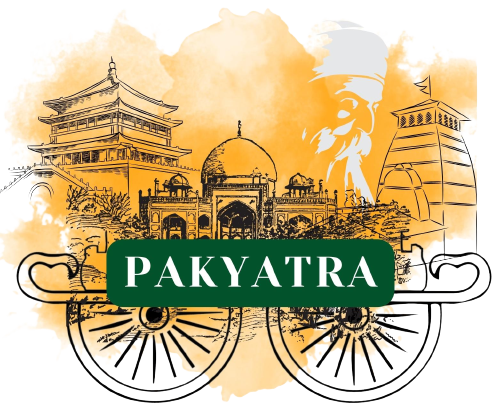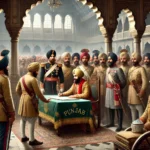PAK YATRA is a tour operator company providing tour services and facilitates Sikh community from different parts of the world.
Begum Shahi Mosque (The Mosque of Mariyam Zamani Begum)
Importance of this Place:
Begum Shahi Mosque, officially known as The Mosque of Mariyam Zamani Begum, is an early 17th-century mosque situated in the Walled City of Lahore, Punjab, Pakistan. Constructed by Mughal Empress Mariam-uz-Zamani, it is one of the largest mosques in Pakistan. The mosque is historically significant as it represents a transitional phase in architecture between the Lodi and Mughal periods and is known for its exquisite fresco decoration of geometric and floral motifs. It serves as a testament to the rich cultural and architectural heritage of Lahore.
Story Behind:
The mosque was built by Empress Mariam-uz-Zamani, an empress of Mughal Emperor Akbar and the mother of Emperor Jahangir, during the early period of Jahangir’s reign, between 1611 and 1614. It was constructed as a Jami mosque for those attending the court and remained frequented for prayer by the Mughal nobility and the common man alike for more than two hundred years. However, during the Sikh rule in Lahore, the mosque was repurposed as a gunpowder factory by Ranjit Singh. It was later restored to the Muslims in 1850 by Major McGregor, then Deputy Commissioner of Lahore.
Location and District:
The mosque is situated close to the old Masti Gate of the Walled City of Lahore, opposite the eastern walls of the Lahore Fort, in the district of Lahore, Punjab, Pakistan.
Preservation Efforts:
The mosque has undergone various restoration efforts over the years to preserve its architectural and historical significance. Major McGregor restored the mosque to the Muslims in 1850, and it acquired its now official name, “Masjid Mariyam Zamani.” Additionally, efforts have been made to maintain and repair the intricate fresco decoration and architectural elements of the mosque.
Architectural Marvel:
Begum Shahi Mosque represents a transitional phase of architecture, featuring influences from both the earlier Pashtun Lodi Dynasty and the subsequent Mughal era. The mosque’s architecture includes short domes and wide arches from the Lodi style, along with balconies, side rooms, and embellishments in the Mughal style. It features Lahore’s first five-bay prayer chamber, which became typical of later Mughal mosques. The mosque is renowned for its intricate fresco decoration, which covers the entire interior surface of the prayer chamber.
Historical Evolution:
The mosque’s construction during the early 17th century reflects the architectural evolution during the transition from the Lodi Dynasty to the Mughal era. It represents a fusion of architectural styles and techniques from both periods, showcasing the cultural and historical influences of the time.
Background:
Empress Mariam-uz-Zamani, also known as Jodha Bai, commissioned the construction of the mosque during the early years of Jahangir’s reign. As the mother of Emperor Jahangir and a Hindu princess by birth, her influence and patronage contributed to the establishment of the mosque as a significant architectural and religious landmark in Lahore.
Historical Significance:
Begum Shahi Mosque holds immense historical significance as one of Lahore’s earliest dated Mughal-era mosques. Its construction by Empress Mariam-uz-Zamani and subsequent use as a place of worship and later as a gunpowder factory during Sikh rule reflect the mosque’s diverse history. The intricate fresco decoration and architectural elements of the mosque serve as a testament to the artistic and cultural achievements of the Mughal period in South Asia. Today, the mosque stands as a symbol of Lahore’s rich heritage and architectural legacy.




